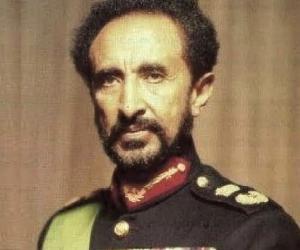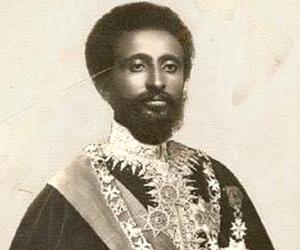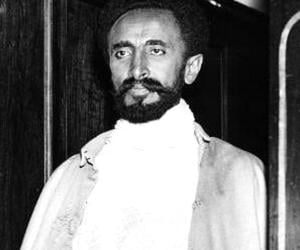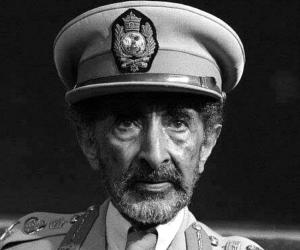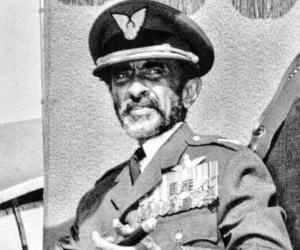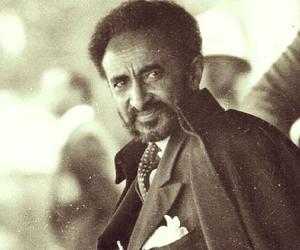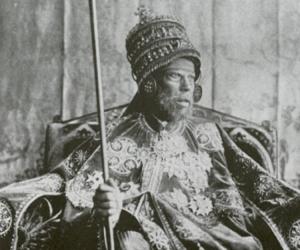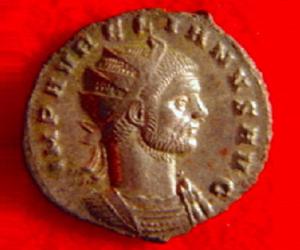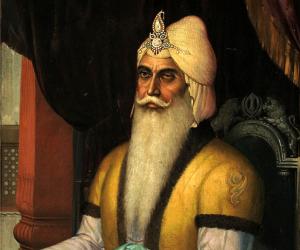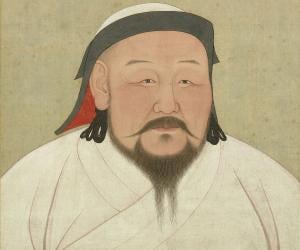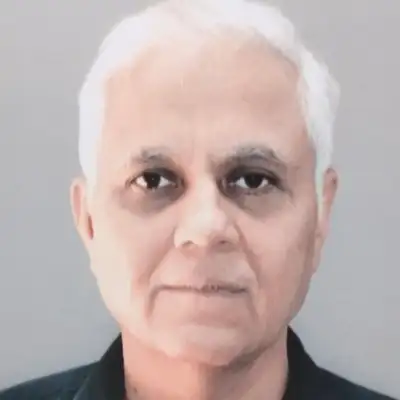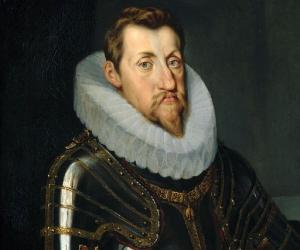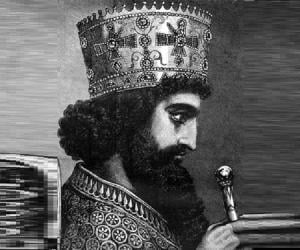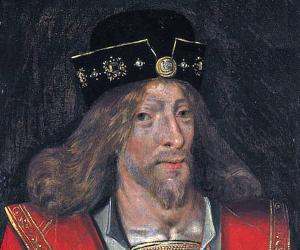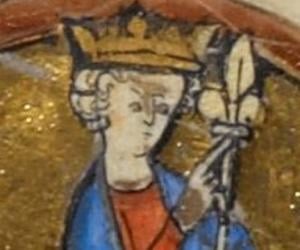Born In: Ejersa Goro, Ethiopia
Haile Selassie
Haile Selassie was the last emperor of Ethiopia and the messiah figure of the Rastafarian religion. He was the son of a chief adviser to Emperor Menelik II of Ethiopia. The ruler became his mentor, putting Selassie in positions of power from a very early age. After Menelik II's death, Selassie became a prominent political figure and began shaping the Ethiopian government. He became known for his progressive policies, and soon became the emperor himself. He was the first Ethiopian ruler to travel outside the country, and became an international celebrity known for his flamboyant world tours. In his country, his progressive rule made him popular among his subjects and enforced dramatic reform within Ethiopia. During the fascist regime under Mussolini in Italy, Ethiopia was invaded and Selassie was forced to spend several years in exile. He appealed to the ‘League of Nations’ for support in regaining control of his own country. After regaining his crown, he became even more powerful, while unrest grew in Ethiopia. During the final years of his life, his rule was marred by rebellion and he was deposed in a coup. He spent his final years under house arrest in his own palace, but is still revered by some Rastafarians as God incarnate!
Born In: Ejersa Goro, Ethiopia
